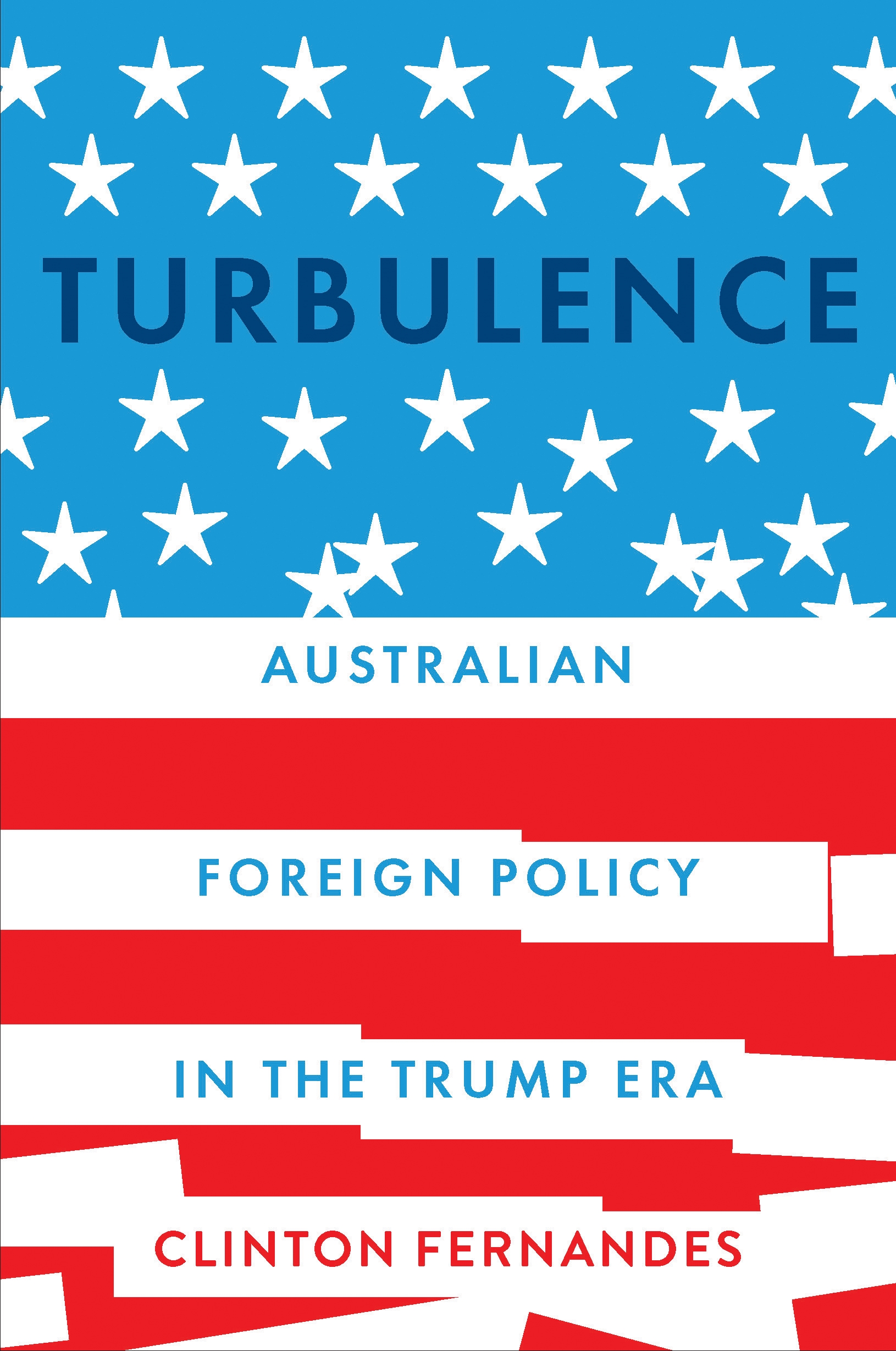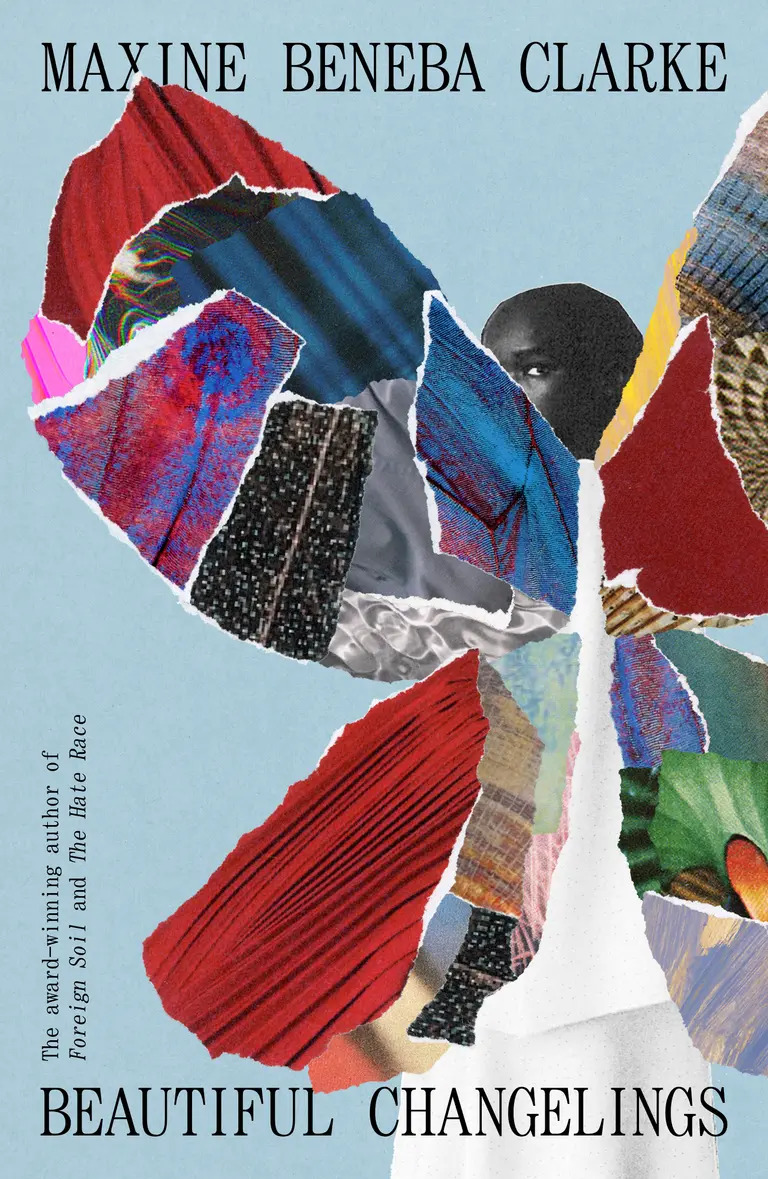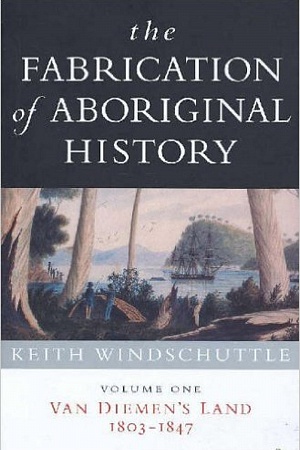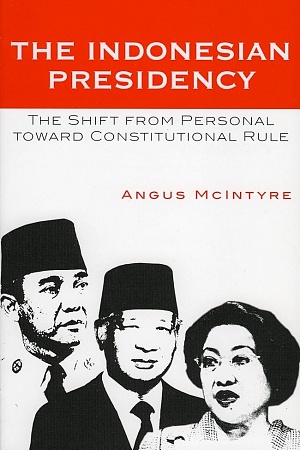Paupers, Poor Relief and Poor Houses in Western Australia, 1829–1910
UWA Publishing, $24.95 pb, 202 pp
Mere refuse in the West
The first attempt to settle Western Australia, in 1827, failed. This book brings home that the second attempt, in 1829, was also very fragile and could well have failed. By 1850 there were still only 5900 non-Aboriginal people in the colony. By any measure, this was well short of the critical mass of population needed to sustain development in such a remote and vast outpost.
The expectations of the first British settlers were unrealistic. Promised large land grants beyond their wildest imaginings back in Britain, they brought with them indentured servants to work the land. They had been assured that there were extensive plains ‘ready for the ploughshare’, but usually the land actually needed clearing first. The capital and time thus required to start making a profitable return meant that some of the biggest landowners looked for ways to release their servants. This relieved them of the obligation to support them. These abandoned servants became the first wave of paupers in the colony. The poor and destitute soon began to multiply: women whom their menfolk could not or would not support; children and orphans; the mad; the disabled; habitual drunkards.
Continue reading for only $10 per month. Subscribe and gain full access to Australian Book Review. Already a subscriber? Sign in. If you need assistance, feel free to contact us.











Leave a comment
If you are an ABR subscriber, you will need to sign in to post a comment.
If you have forgotten your sign in details, or if you receive an error message when trying to submit your comment, please email your comment (and the name of the article to which it relates) to ABR Comments. We will review your comment and, subject to approval, we will post it under your name.
Please note that all comments must be approved by ABR and comply with our Terms & Conditions.